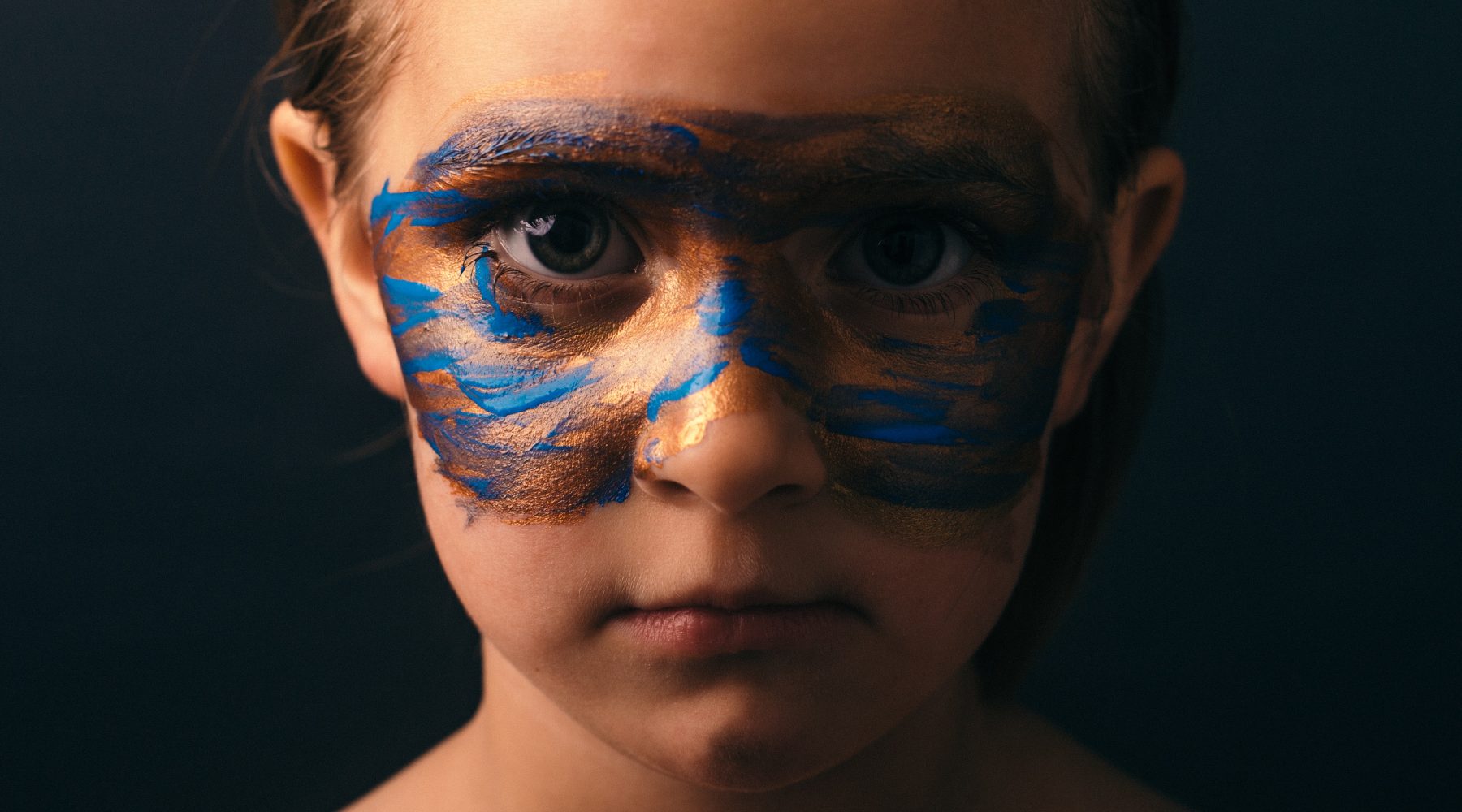How do children communicate through play, and why is that important?

Play-based learning is a stalwart phrase in the early childhood education and care (ECEC) sector, but what does it mean? How do children communicate with educators and each other through their play, and why is this communication important?
The Early Years Learning Framework defines play-based learning as “a context for learning, through which children organise and make sense of their social worlds, as they engage actively with people, objects and representations”.
As educators, we know that play-based learning builds on the importance of play for a child’s overall development, and that play is closely correlated with the development of intellect, cognition, and motivation – but is play a language? A way in which children communicate?
Loris Malaguzzi, the founder of the Reggio Emilia approach, speaks of the infinite ways in which children express themselves, explore, and connect their thoughts, feelings and imaginings. Also known as the hundred languages, these speak to “one hundred, and one hundred, and one hundred more”. They are symbolic and open to the endless potential residing in children, reflecting multiple ways of seeing and being.
Adopting this perspective, play is a language – one of the hundred ways in which children work through their ideas and understandings of the world, seeking to learn more about what the world is, and what the world could be.
Dramatic play experiences, such as dressing up as a nurse, builder, farmer or emergency personnel, gives children the opportunity to explore their likes and dislikes, interests and abilities.
Children will also use dramatic play experiences to experiment with role playing, experimenting with power dynamics, and making sense of what they observe in the world. For example, when children are given dolls, they often become versions of the child themselves, or of younger children in their lives.
Through dramatic play, children can explore and revisit confusing, scary, or new life issues. When children ‘play doctors’ for example, this often involves looking in mouths and ears, not spaces we typically offer to one another to examine. This play will also typically involve someone being hurt, and needing to be ‘fixed’, or receiving an injection. This type of play communicates to adults and others the elements of visiting a doctor which may seem confusing or confronting for children.
When engaging in pretend play, children are learning to negotiate, consider others’ perspectives, transfer knowledge from one situation to another, delay gratification, balance their own ideas with others, develop a plan and act on it, explore symbolism, express and listen to thoughts and ideas, assign tasks and roles, and synthesise different information and ideas. Their success or challenge in any of these areas is likewise a form of communication to those around them, about what supports they might need, and where their strengths lie.
Play also hinges on knowing how to read social cues, recognise and regulate emotions, take turns, and engage in a long-term activity that is mutually beneficial. Again, when children are engaging in play, they are communicating their level of comfort and capacity to deliver on these core life skills. Because learning and child development doesn’t happen in discrete pockets of time or during isolated activities, children need opportunities to blend their skills and knowledge together, which play supports.
Bright Horizons offers the following play and activity ideas, to support children to communicate through play, and to allow educators the opportunity to engage in ‘conversation’ through play and observation.
- Use stories: Invite children to recreate a favourite story or take it further and add their own twist. During your pretending game, prompt their ideas by asking questions like: “What do you think happened next?” and “What if the dog didn’t find his bone?”
- Provide dolls and puppets: These don’t have to be store-bought; they can be cut out of paper or made from socks. Through imaginative play, children easily ascribe feelings and ideas to these ‘people’ and ‘animals’ and often use them to express, explore and work out their own ideas, thoughts, and feelings.
- Create ‘prop boxes’: Prop boxes are something most high-quality early childhood programs have plenty of. They are boxes (or bins, crates, or bags) with themed dramatic play materials in them. It’s like having a creative experience in a box. Examples of popular prop boxes are a flower shop, office, restaurant, post office, and shoe store. Have a few materials in prop boxes and let your children’s creativity take it from there.
- Make time: No material, environment, or story can take the place of uninterrupted time to play and explore ideas. Pretend play doesn’t fit nicely into twenty minute segments. Be ok with leaving a post office in the living room for a few days to allow your children to fully explore and enhance their creative explorations.
For more ideas about promoting play, please see here.
Popular

Quality
Practice
Provider
Research
ECEC in focus - Una Springwood’s intergenerational initiative brings young and old together through connection and care
2025-06-30 10:00:45
by Contributed Content

Provider
Practice
Quality
Research
Aboriginal Education Strategy drives early learning and school success in South Australia
2025-07-01 09:55:12
by Fiona Alston

Workforce
Policy
Quality
Research
Inclusive Practice Framework set to strengthen inclusion in early childhood settings
2025-06-24 11:37:00
by Isabella Southwell












